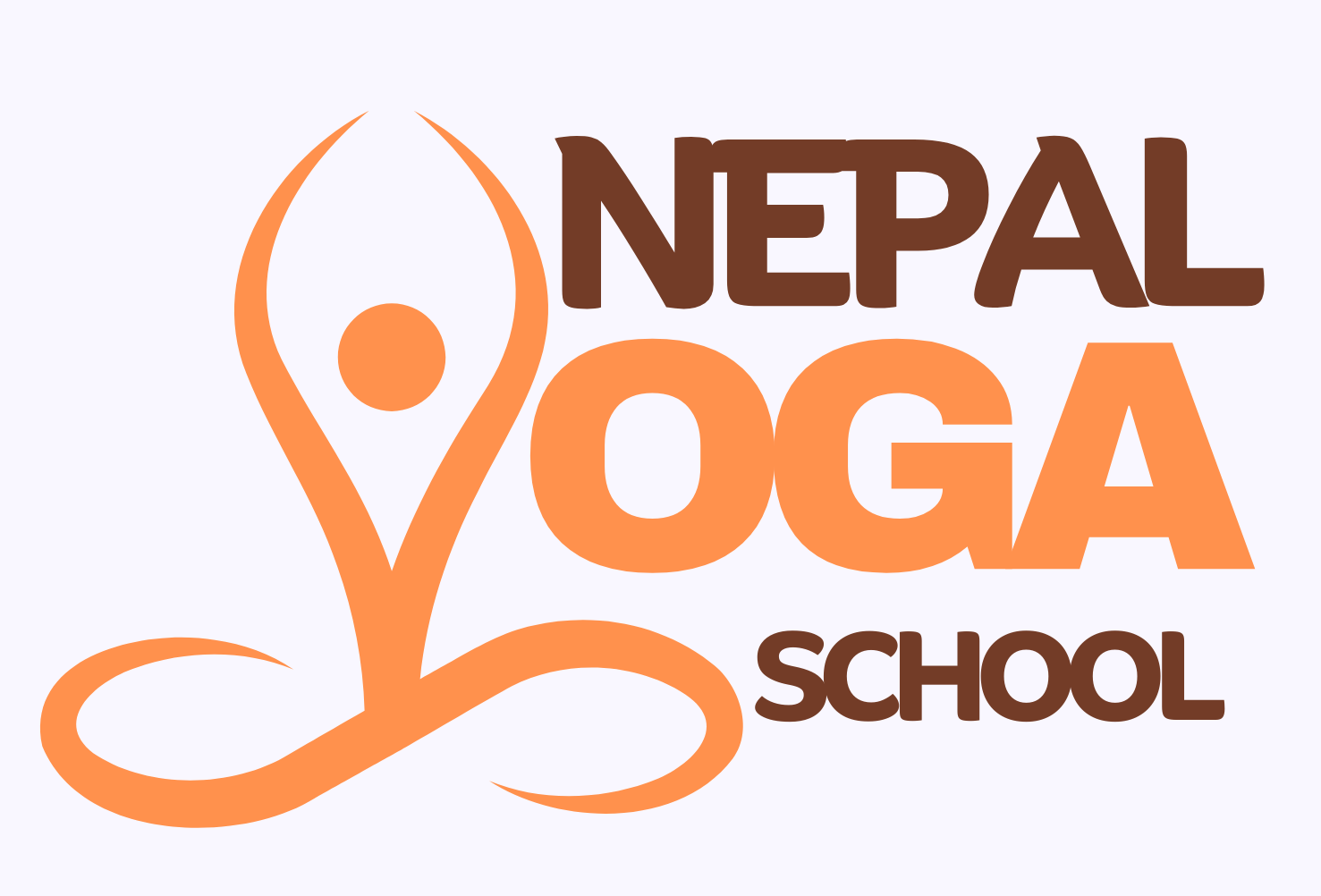Introduction
Tantra Yoga is an ancient path that invites us to weave body, breath, and mind into one seamless tapestry of awareness. Imagine your life as a vast ocean, with waves of thought, emotion, and sensation rising and falling. Tantra Yoga teaches you to dive beneath the surface, to explore the depths where stillness and pure consciousness reside. By practicing Tantra Yoga, you learn to transform everyday experiences into moments of sacred presence, awakening a potent spiritual energy within.
Historical Origins and Philosophy
The roots of Tantra Yoga stretch back over a thousand years to medieval India, where mystics sought to dissolve the barrier between the mundane and the divine. Early texts—like the Kaulajnananirnaya—describe elaborate rituals, mantras, and meditations aimed at transcending ordinary perception. Over centuries, these methods evolved into more streamlined practices, but the core philosophy remained: nothing is to be rejected, everything is to be embraced as a doorway to awakening. In Tantra Yoga, pleasure and pain, light and shadow, are all seen as expressions of the one cosmic energy.
Core Principles of Tantra Yoga
At the heart of Tantra Yoga lie three guiding principles:
-
Non‑dual Awareness: Every aspect of life—sensations, emotions, thoughts—is a reflection of the same ultimate reality.
-
Sacred Embrace: Instead of renouncing the world, you learn to celebrate it fully, using every moment as a chance for transformation.
-
Union of Opposites: The dance of Shiva (consciousness) and Shakti (energy) within us illustrates how masculine and feminine forces unite in harmony.
These principles form the foundation of Tantra Yoga, reminding us that liberation is not “out there” but discovered in the very fabric of our lived experience.
Key Practices of Tantra Yoga
a. Asanas and Mudras
In Tantra Yoga, postures (asanas) and hand gestures (mudras) are more than physical exercises—they are energetic keys. A simple hand seal like Gyan Mudra (thumb and index finger touching) can redirect prana (life‑force) toward the mind, sharpening focus. Asanas such as Vajrasana (thunderbolt pose) ground your energy, anchoring you in the present moment.
b. Breathwork (Pranayama)
Breath is the heartbeat of Tantra Yoga. Techniques like Nadi Shodhana (alternate‑nostril breathing) balance the two energy channels—ida and pingala—preparing the subtle body for deeper work. Kapalabhati (skull‑shining breath) ignites inner fire, clearing blockages along the spine where kundalini energy lies coiled.
c. Mantra and Sound
Sound vibrations are powerful allies in Tantra Yoga. Chanting bija mantras (seed syllables) like “Om” or “Kreem” resonates through the chakras, dislodging energetic knots. Each repetition is like ringing a tuning fork within your subtle anatomy, restoring harmony and opening channels for transformation.
d. Meditation and Visualization
Visualization practices in Tantra Yoga often employ yantras—sacred geometric diagrams. Gazing at a Sri Yantra while chanting aligns your inner vision with cosmic order. Guided meditations invite you to imagine inner lights rising through the chakras, illuminating each energy center in turn.
Chakras and Kundalini Energy
Central to Tantra Yoga is the concept of kundalini—dormant spiritual energy coiled at the base of the spine. Through dedicated practice, this energy awakens and ascends through the sushumna nadi (central channel), passing through each chakra. The chakras—Muladhara (root), Svadhisthana (sacral), Manipura (solar plexus), Anahata (heart), Vishuddha (throat), Ajna (third eye), and Sahasrara (crown)—are energetic wheels that govern physical, emotional, and spiritual functions. As kundalini rises, it activates and purifies each chakra, leading to profound inner transformation.
Benefits of Tantra Yoga
a. Spiritual Awakening
By integrating body, breath, and mind, Tantra Yoga helps you transcend limiting beliefs and habitual patterns. The practices dissolve the sense of separation, revealing a deep sense of unity with all that is.
b. Stress Reduction and Emotional Balance
Regular Tantra Yoga practice calms the nervous system, lowers cortisol levels, and promotes emotional resilience. The combination of mindful breathing, gentle movement, and meditative focus creates a sanctuary of calm amid life’s chaos.
c. Increased Energy and Vitality
Awakening kundalini energy through Tantra Yoga infuses the body with renewed vigor. Practitioners often report heightened stamina, improved digestion, and a radiant sense of well‑being.
d. Enhanced Intimacy and Connection
While Tantra Yoga is often misunderstood as solely sexual, its true aim is sacred connection. The practices cultivate deep self‑love and compassion, which naturally extend to more authentic and intimate relationships.
Modern Adaptations and Accessibility
In today’s busy world, many schools offer accessible forms of Tantra and Yoga that blend traditional wisdom with contemporary insights. Online courses, weekend workshops, and urban studios provide bite‑sized practices—five minutes of mantra, ten minutes of pranayama—that fit into hectic schedules. These modern adaptations make Tantra Yoga available to anyone with a willing heart and an open mind.
Ethical Considerations and Safety
Despite its power, Tantra Yoga requires discernment. Seek qualified teachers who emphasize integrity and respect. Avoid groups that promise instant enlightenment or engage in questionable rituals. Recent reports of misconduct in certain organizations remind us that the path of Tantra Yoga must be walked with wisdom and ethical clarity.
Integrating Tantra Yoga into Daily Life
You don’t need elaborate rituals to benefit from Tantra Yoga. Simple daily habits can weave its essence into everyday moments:
-
Morning Mantra: Begin your day with a few rounds of “Om” to set a sacred tone.
-
Breath Breaks: Pause mid‑day for three minutes of Nadi Shodhana to rebalance energy.
-
Mindful Meals: Eat in silence, savoring each bite as a meditation in gratitude.
-
Evening Mudra: Practice Gyan Mudra before sleep to calm the mind and prepare for restorative rest.
Over time, these small practices accumulate, creating a tapestry of presence and inner alchemy.
Conclusion
Tantra Yoga is not a distant esoteric art but a living, breathing tradition that invites you to discover the sacred in every moment. By engaging body, breath, sound, and visualization, you unlock a reservoir of spiritual energy that transforms how you experience life. Whether you’re seeking deeper self‑knowledge, emotional balance, or simply a more vibrant existence, Nepal Yoga School offers a profound pathway to inner transformation—one mindful breath, one sacred gesture at a time.

